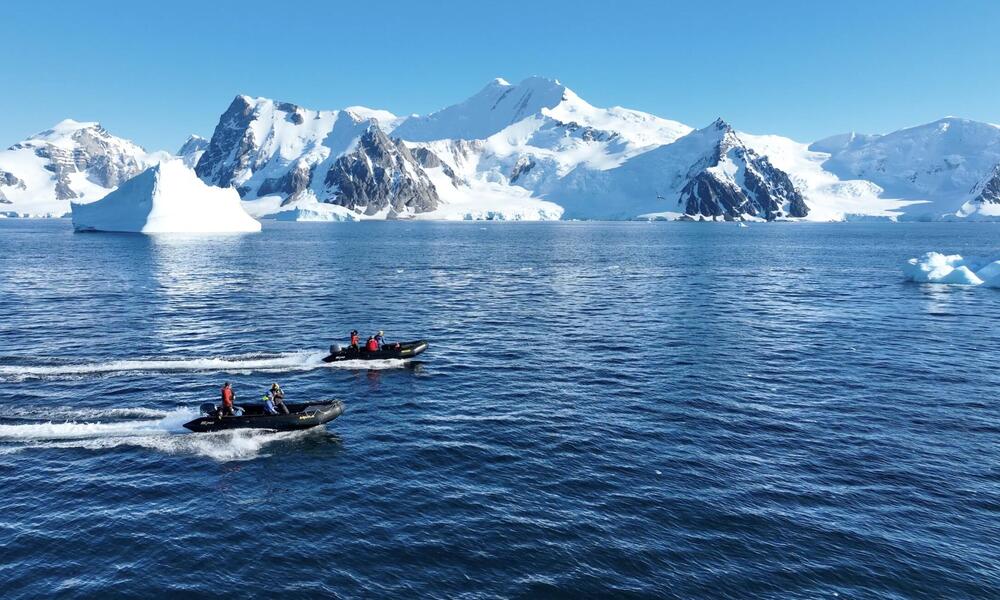Discovering long-term trends from above
Researchers also employ a technique called photogrammetry to study the body condition of whales. By utilizing drones to capture aerial images of the whales, photogrammetry enables scientists to extract information and obtain precise measurements of these magnificent creatures from above.
The Whale Unit at the Mammal Research Institute at the University of Pretoria has spent over five decades studying southern right whales that breed along the coast South Africa and feed in sub-Antarctic areas. In recent years, population numbers of these whales in coastal South Africa started fluctuating. The research team also noticed that females were thinner and experience longer calving intervals up to four or five years.
To investigate these changes in body condition, the team turned to photogrammetry. In the late 1980s, South African researchers captured aerial photographs of southern right whale cow and calf pairs using a plane. To determine the extent of changes in body condition, the team applied photogrammetry techniques to compare the images from past and present.
The results indicated a 23 per cent reduction in maternal body condition of South African southern right whales since the late 1980s. Parallel to this decrease, data from skin samples taken in the early 1990s and the 2010s revealed that their foraging location had shifted north, meaning that their prey has moved. South African southern right whales consume zooplankton, and their primary source is Antarctic krill. Since baleen whale body condition can be directly linked to prey abundance, these results illustrate a reduction in foraging success and, possibly, reduced prey availability.
A network of Marine Protected Areas (MPAs) is a crucial solution for the Southern Ocean
Antarctic krill heavily depend on sea ice, and fluctuations in sea ice levels around Antarctica directly impact the krill population's abundance. Competition for these semitransparent crustaceans is high. Baleen whales depend on Antarctic krill, as do many other marine animals, such as seals, seabirds, and fish.
The endeavor to study Antarctic whales is of paramount importance as WWF and its partners use this science to help inform and establish marine protected areas across the vast expanse of the Southern Ocean. The Commission for the Conservation of Antarctic Marine Living Resources (CCAMLR) has committed to establishing a comprehensive network of MPAs around the continent. MPAs here will limit or ban krill fishing with the aim to protect biodiversity and foster resilient marine ecosystems for nature and people. Effective implementation of MPAs will aid in the preservation of Antarctic biodiversity, including krill populations and whales, while also providing space for marine life to adapt to impacts from climate change.

